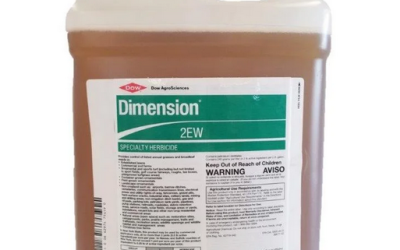Field or crop scouting is an accurate measure of how insects or pests affect a crop’s performance. A scouting report results for a clear understanding of the degree to which disease and pests can pose an economic risk when assessing realistic expectations about the effectiveness of pest-control campaigns.
How Field Scouting Works
Crop scouting in Hughes AR typically takes the form of an integrated pest-management product as insight and reference for farmers and growers. Obtaining useful information can involve new technology and tools to enhance crop-scouting effectiveness, which may include dedicated field apparatus and mobile devices for geotagging field locations on an aerial view via onboard GPS.
The Scouting Process
A set of stages comprises a successful campaign:
Planning
Integrated strategies for field scouting in Hughes, AR, take a holistic view by considering all aspects of a field and formulating management plans. Such planning considers information on helpful as well as harmful insects, the local environment, weeds, diseases, and the crop’s overall health and growth stage.
Baseline History
A field history form registers such information as field location and number, cropping history, planting date, seed variety, soil type, yields, pesticides, fertilizers, significant pest problems, and other relevant information as a reference when diagnosing abnormalities.
Field Equipment
Essential field-scouting gear includes a report form, pocketknife for stalk splitting, magnifying glass, collecting containers, measuring tape, and other items for proper preparation.
Scouting Schedule and Patterns
The frequency of field visits depends on the type of crop, its stage of development, pest types and lifecycles, weather, and other variables. Field surveys and sampling proceed according to randomized patterns across subdivisions to ensure efficient and accurate data collection. Such patterns might include an M-shape or a preset zigzag.
Complete Report
Field scouting in Hughes AR, sums up with a complete report on not only potential pests but also relevant information on the crop condition and its health and stage of growth. Copies go to the grower, the scout, and the scouting manager.


